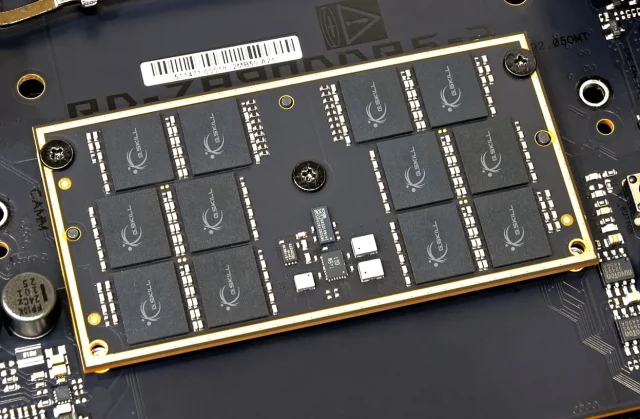Australia is a massive country – 7.7 million square kilometres of it in fact – and due to our remoteness and need to travel huge distances, the Australian Government addressed the need for world-class internet access. Successive governments championed the introduction of the National Broadband Network to connect all Australians to broadband internet. The NBN was rolled out in 2013 and now provides significantly higher speeds than ADSL2+ at cheaper prices than standalone fibre optic connections.
As a wholesaler, the NBN Co. offers different speed tiers which retailers bundle up into plans. But which NBN internet plan is right for you? We look at the various NBN plans and alternatives, so you make the right choice in our NBN guide.
Basic plans
The Basic plans (sometimes called “everyday” or “entry level” plans) for NBN access are split into two categories – Basic I, which is the cheapest yet slowest available plan offering 12 megabits or Mbps downloads and 1Mbps uploads. Note that 1Mbps = 0.125 MB/s, therefore 12Mbps offers 1.5MB/s download speeds. Basic II is the next tier up at 25Mbps and upload speeds of 10Mbps. These plans would suit a single or dual person household that only uses internet for sending email, checking social media, and watching streaming services on a single screen in High Definition. These are among the cheapest plans available.
Family plans
Family plans or Standard plans offer higher speeds compared to Basic. These are intended for families of at least four people who use internet for general use, streaming to more than one device, or light gaming. This plan may also suit single or dual occupant households who are “power” users or require extra speed for competitive gaming. The NBN standard plan has a maximum speed of 50Mbps downloads and 20Mbps uploads.
Power-user plans
NBN retailers also offer three tiers of “fast” plans, ranging from Fast, Superfast, and Ultrafast. The speeds for these plans are 100Mbps/20-40Mbps upload; 250Mbps/25mbps; and 1000Mbps/50mbps. These speeds may suit large families, share houses, or home offices with several employees who may be downloading large files such as videos or CAD designs, streaming in 4K+ to many screens, are playing competitive games, or connected to VPNs for work purposes.
NBN alternatives
Most NBN connections are delivered by a cable of some sort, direct to the home and into your router. In some more remote locations, this may be unfeasible. You may need to take up Fixed Wireless service, using 4G/5G cellular internet or Satellite services such as NBN Sky Muster, which offers speeds of 25mbps/5mbps and “burst speeds” of up to 100Mbps. Many of these plans may have data caps. Other Satellite services such as StarLink are not on the NBN and do not guarantee download or upload speeds, though reports have shown typical speeds ranging between 100Mbps and 200Mbps.
What to choose?
When it comes to the NBN, many plans will advertise “average evening speeds” when usage is at its peak. As the NBN is a shared network, speeds can and will vary depending on community usage. Some plans may also bundle other services together such as VoIP (internet phone) and mobile phone plans, which have a higher cost but also more benefits.
Make sure you compare download caps, contract lengths, and data speed guarantees before deciding on an NBN plan.










